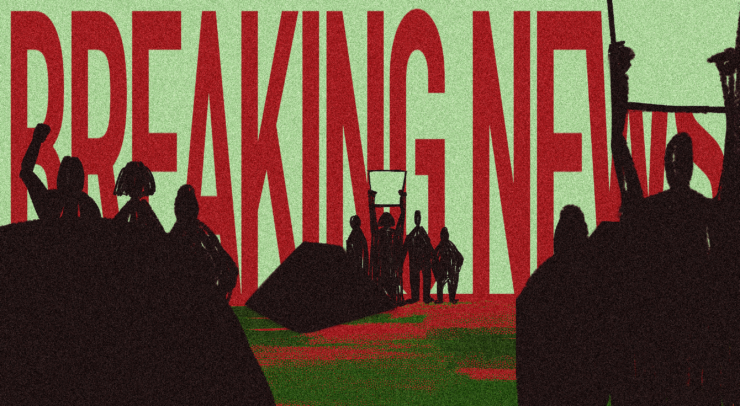Exhibit to illustrate priceless artifacts and acknowledge strong ties between Canada and Poland
Photo by Mathias MacPhee
THE SECOND WORLD War was filled with stories of exceptional bravery and heroism, but due to the scope of the war, not all stories received the attention they deserved. One of these is the story of the Polish Treasures, a collection of priceless artifacts that were evacuated from their native Wawel Royal Castle in Kraków in 1939 and weren’t returned to Poland until 1959 and 1961.
What might surprise readers is where many of these artifacts spent more than 20 years of exile from their native country—right here in Ottawa.
From Feb. 1–22, a large poster exhibition—which includes illustrations of the Szczerbiec, a sword used to knight Polish kings, a copy of the Guttenberg Bible, priceless Belgian tapestries commissioned by the Polish crown, and copies of Frédéric Chopin’s original manuscripts, among others—will be on display on the first floor of the University of Ottawa’s Desmarais building. Admission is free and open to everyone.
The illustrated posters of the artifacts will be presented by the U of O and the Polish Students’ Society of the University of Ottawa (PSSUO), in cooperation with the Embassy of the Republic of Poland in Canada and the Polish-Canadian Business and Professional Association of Windsor.
The exhibit, entitled The Odyssey of the Wawel Treasures: 1939–1961, will commence with an opening night-presentation on Feb. 1, where staff from the Polish embassy in Ottawa, including Ambassador Zenon Kosiniak-Kamysz, will be present to commemorate the occasion.
“This is a really interesting subject for us,” says Andrzej Fąfara, first secretary of the Polish Embassy. “Canada and Poland have had ties on many different levels, and one of them is common history. Not only did our soldiers fight together on European fronts, but also Canada helped us to preserve our national treasures.”
The exhibit is aptly named—the team of about 30 people who travelled with the treasures, led by Wawel Castle custodian Josef Polkowski and chief curator Dr. Stanislaw Swierz-Zaleski, truly embarked on an odyssey before reaching their final destination in Ottawa. After following a constant pattern of finding shelter before being forced to leave due to German attacks in several European countries, they ultimately crossed the Atlantic Ocean and arrived in Canada.
The treasures were initially stored in the Central Experimental Farm. However, following the end of the war, the Soviets emplaced a new Communist-influenced government in Poland as the former government was living in exile in London. Polkowski promised to protect the artifacts for the former government, and due to fears that they would fall into the wrong hands again, he split up the treasures in different locations, including the Bank of Montreal on Wellington Street, the Precious Blood Convent on Echo Drive, and the Monastery of the Redemptorist Fathers near Quebec City.
International politics prevented the artifacts from being returned in a quick and efficient manner, and after a stay in the Quebec Provincial Museum (now known as the National Museum of Fine Arts of Quebec) in Quebec City, most of the items were returned in 1959, with the remainders returned to Wawel Castle in 1961.
The exhibit is a way of saying thanks to Canada for protecting the treasures during such a dark period.
“Without Canadian help, it wouldn’t be possible to preserve those artifacts through the Second World War,” Fąfara says. “We have lost so many artifacts, both buildings as well as moveable things, so we cherish everything that shows us the significance of our forefathers.”
Students and executives from the PSSUO will be attending the opening event. Marta Chmielowska, a Polish-Canadian student and club member who is currently in her third year studying computer science, is excited for the exhibit.
“[Polish] history is almost poetic, and having an exhibition like this brings us closer to the past of our ancestors,” says Chmielowska. “It almost makes it feel real for our generation, as though we too were personally there.”
The exhibit is a tangible way of demonstrating the relations between Poland and Canada today, which Fąfara says are stronger than ever.
“We share so many values and interests, both trade and political,” he says. “Our relations are examples of what relations between countries should look like.”
Richard Sokoloski, a Polish-Canadian professor who teaches both Polish and Russian at the U of O, agrees.
“When I was a student, it was a very different Poland,” he says. “It was not as accessible, but today, it’s a very different and completely sovereign nation.”
Fąfara hopes the exhibit will increase awareness of Canada’s relations with Poland, as well as Polish culture in general.





